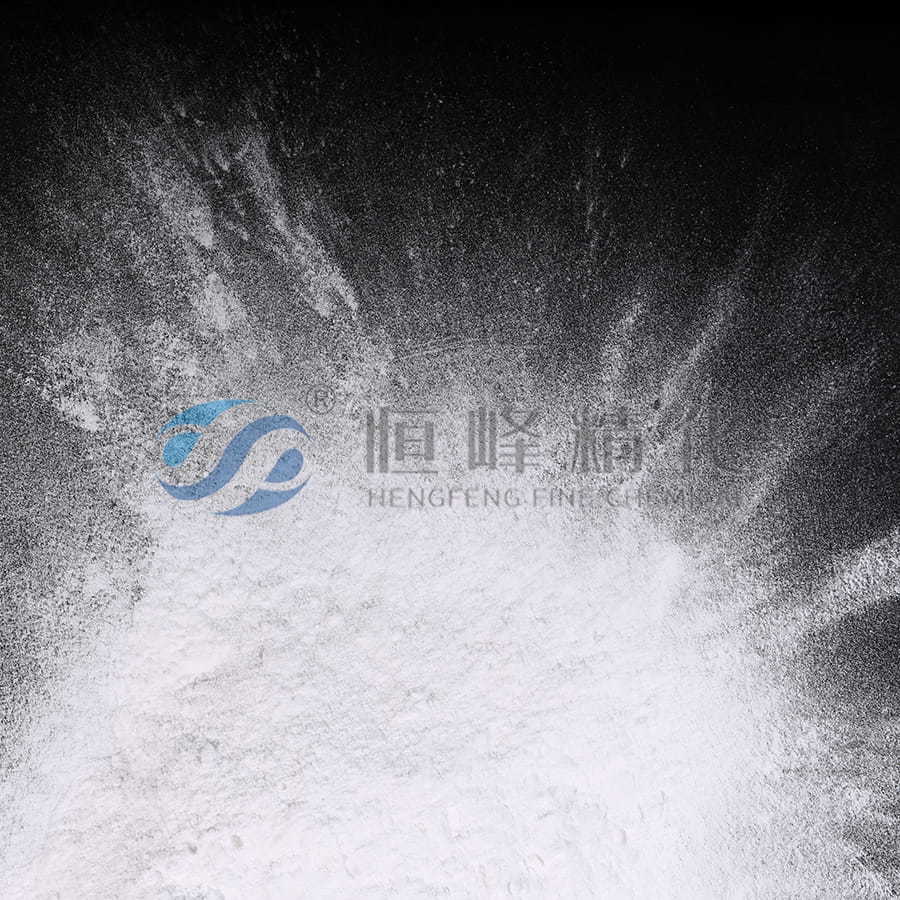Optimizing Paper Production with Polyacrylamide: Molecular Weight and Performance
In the papermaking industry, polyacrylamide (PAM) plays a vital role in enhancing the retention of fibers and fillers, improving dewatering, and contributing to a smoother, more consistent paper surface. However, the effectiveness of polyacrylamide is highly influenced by its molecular weight, which directly impacts paper quality and production efficiency. Understanding the recommended molecular weight range for different types of paper products is crucial for optimizing performance and achieving the desired outcomes in the production process.
Polyacrylamide comes in various molecular weights, typically categorized as low, medium, and high molecular weight. Low molecular weight PAM tends to have shorter polymer chains, which means it has less interaction with fibers in the pulp. It is primarily used in processes where quick dewatering or filtration is required, such as in the production of lightweight paper grades or in mills dealing with highly diluted pulps. Its ability to rapidly bind to fines and help in faster water removal results in quicker processing times and lower energy consumption. However, while it speeds up dewatering, it doesn't provide the same level of strength to the final paper as higher molecular weight grades.
On the other hand, high molecular weight papermaking polyacrylamide has longer polymer chains, allowing for more substantial interaction with the fibers. This is particularly beneficial when producing high-strength papers, such as corrugated cardboard, packaging materials, or any paper where durability is critical. The increased retention of fiber fines and fillers leads to stronger paper with improved tear resistance and overall strength. High molecular weight PAM is often used in combination with cationic or anionic polymers to optimize the retention and formation properties of the pulp. This type of PAM is also advantageous in mills where energy efficiency in drying is a priority, as it can help reduce the water content in the pulp more effectively, minimizing the energy required for the drying process.
The ideal molecular weight range often depends on the specific requirements of the paper grade being produced. For lightweight papers, such as printing and writing papers, medium molecular weight polyacrylamide tends to offer a balance between dewatering efficiency and paper strength. It provides sufficient retention of fines and fillers while still facilitating fast dewatering, contributing to a smoother paper surface. For specialty papers or more demanding applications, high molecular weight PAM is typically the go-to choice to ensure optimal paper strength and minimal production costs due to improved pulp retention and lower waste.

Furthermore, polyacrylamide's ionic properties (whether anionic, cationic, or nonionic) also play a significant role in determining the product's suitability for different applications. Cationic PAM, for instance, is particularly effective in interacting with negatively charged fibers, improving retention and filtration. Meanwhile, anionic PAM is often chosen for its ability to promote efficient water removal and enhance retention in neutral or slightly alkaline pulp environments.
The molecular weight of polyacrylamide is a key factor in determining its performance in papermaking, with different weights offering distinct benefits for various paper products. Understanding the recommended molecular weight range for specific types of paper can not only improve paper quality but also optimize production efficiency. Whether it's the high retention and strength required for heavy-duty packaging papers or the quick dewatering needed for lighter grades, selecting the right polyacrylamide formulation ensures that papermakers can meet their quality and operational goals.


 English
English Español
Español عربى
عربى Русский
Русский Tiếng Việt
Tiếng Việt
















